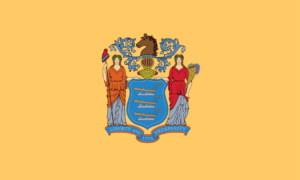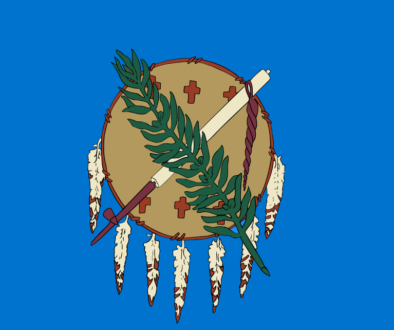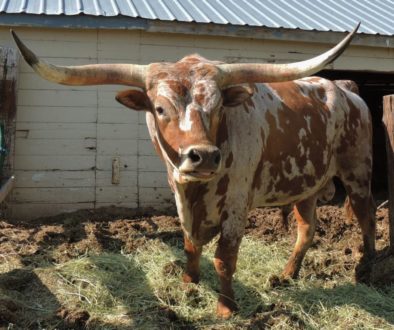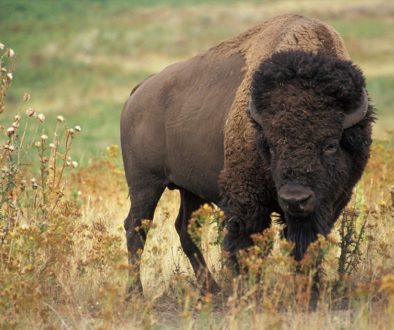New Jersey
History: Thousands of years ago, Native Americans came to the land of New Jersey. The later tribes were the Lenape, Munsee, and Unalachtigo. In 1524 Italian explorer Giovanni da Verrazzano became the first European to visit the region. The Dutch and Swedes claimed the area in the early 1600s and built settlements. The land was fought over until England took control of the region in 1664. New Jersey was one of the 13 original colonies ruled by the British. After the Revolutionary War, New Jersey became the third U.S. state on December 18, 1787, and was the first state to sign the Bill of Rights in 1789.
Economy: New Jersey’s economy is made up of diversified manufacturing, pharmaceutical, biotechnical, informational, and financial sectors. Agricultural outputs are nursery stock, horses, vegetables, fruits, nuts, seafood, and dairy products. New Jersey is 2nd in blueberries, 3rd in cranberries and spinach, and 4th in bell peppers, peaches, and lettuce production. Shipping of goods is a major activity, due to being part of the busy Port of New York and New Jersey.
Climate: The two main types of climate in New Jersey are humid subtropical and humid continental. The northwest has this, with cooler temperatures due to higher elevation. The rest of New Jersey has the humid subtropical. Summers are usually hot and humid averaging 82-87 degrees Fahrenheit. Winters are mostly cold with average temperatures of 34-43 degrees for the highs; lows down to 16 degrees Fahrenheit.
Geography: New Jersey is made up of four different geographical regions – the Atlantic Coastal Plain, the Piedmont, the Highlands, and the Appalachian Ridge and Valley. The Atlantic Coastal Plain, has low hills, pine forests, salt marshes, and extends across most of the state. The Piedmont region has rolling hills, with narrow valleys, and is where most of the state’s major cities are located. The Highlands has flat-topped ridges and lakes. And lastly, the Appalachian Ridge and Valley is a mountainous region in New Jersey’s northwest corner, an opening created when the Delaware River cut through the Appalachian Mountains millions of years ago. Forests cover almost half of New Jersey’s land area.
Fun Facts:
- The first professional baseball game was played in Hoboken in 1846.
- The longest boardwalk in the world is in Atlantic City.
- The record player, light bulb, and motion picture projector were invented by Thomas Edison in his Menlo Park laboratory.
- In the popular board game Monopoly, the streets are named after real streets in Atlantic City.
- The Union Watersphere, the tallest tower in the world, is in Union, NJ.
- Salt Water taffy (a candy) originated in Atlantic City in 1883.
Points of Interest:
- Great Falls National Park
- Liberty State Park in Jersey City
- Thomas Edison National Historical Park in West Orange
- Atlantic City and the Boardwalk
- Delaware Water Gap National Recreation Area
- Princeton and the Battlefield State Park
Six additional sites to visit for more information:
kids.nationalgeographic.com/new-jersey/
www.netstate.com/states/nj_intro




